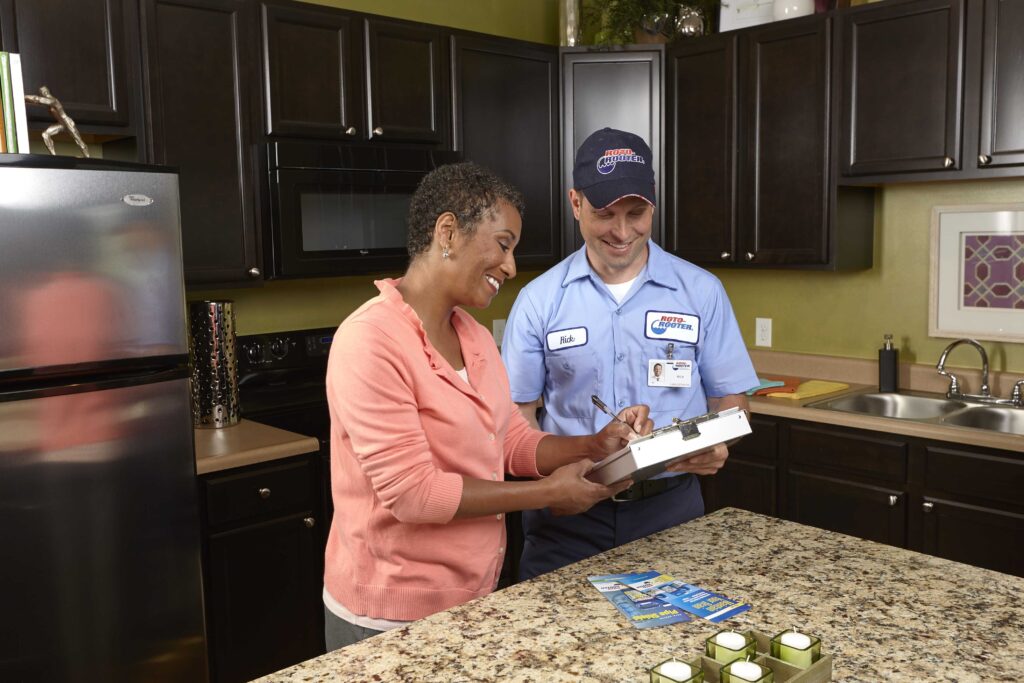Summer is the height season for domestic buying, and with it comes the hazard of inheriting plumbing problems. In fact, 44% of householders name a plumber within 12 months of shopping for a home. To assist you in keeping away from high-priced plumbing repairs, we’ve compiled a listing of beneficial suggestions for inspecting a home’s plumbing system.
Bathroom Plumbing
- Check for symptoms of water injury around the base of the toilet, such as rolled vinyl, black, or white stains.
- Stand straddled over the toilet and rock back and forth on every foot. If the flooring feels spongy, it might also be rotting or weakened.
Flush the toilet and test to see how shortly it drains.
- Press on the partitions the place they come in contact with the bathtub. If the partitions sense soft, water may additionally have prompted harm at the back of the tiles.
- Place a trash can near the toilet so that the toilet doesn’t get used as a way to dispose of trash. Never flush cotton swabs, cotton balls, hair, facial scrub pads, diapers, sanitary products, or comparable gadgets down the toilet. These items can clog the pipes.
Water supply lines
- Turn on the bathtub and kitchen sink faucets and take a look for diminished water If it’s noticeably less than normal it could be due to calcium and mineral deposits.
- If the home has a basement, take a look at the uncovered piping for any signs of leaks.
- Find the lean-out and make sure it isn’t covered up. Open the cap and make sure you can’t see standing water, which would be a sign of an issue with the line.
Water heater
- Check the date of the water heater. The first 4 numbers of the serial range on the water heater are the month and year. Any heater over 15 years historic is a true candidate for replacement.
- A rusty water tank is a signal of pending problems.
Miscellaneous plumbing
- Check to make sure that the rubbish dispenser and dishwasher connections are tight and leak-free.
- Survey the interior of cupboards (with a flashlight) for signs and symptoms of water damage, warped cupboard bottoms, or stains.
- Run water to make sure traps aren’t leaking.
- Check washing hookup hoses for rupture. Turn valves on and off to check for leaks.
Standing water
Standing water is another frequent trouble brought about by leaky or damaged pipes. Excess water in the yard may also be coming from a broken sewer line and may also include waste from the home. Standing water is no longer wholesome for youth or pets, and it can be a breeding floor for bugs and germs. Inspect the yard for areas that are too moist and with uncommon plant or grass growth.
Sewer inspection
If you are planning to buy a home, it’s a great idea to have the underground sewer pipe inspected with a video camera. This will help detect potential issues in the line and help prevent you from inheriting a problem. The cost of repairing or changing an underground sewer can be steep.
We hope these suggestions assist you in keeping away from expensive plumbing issues when shopping for a home. By following these easy steps, you can be certain that your new home is free of plumbing headaches.

